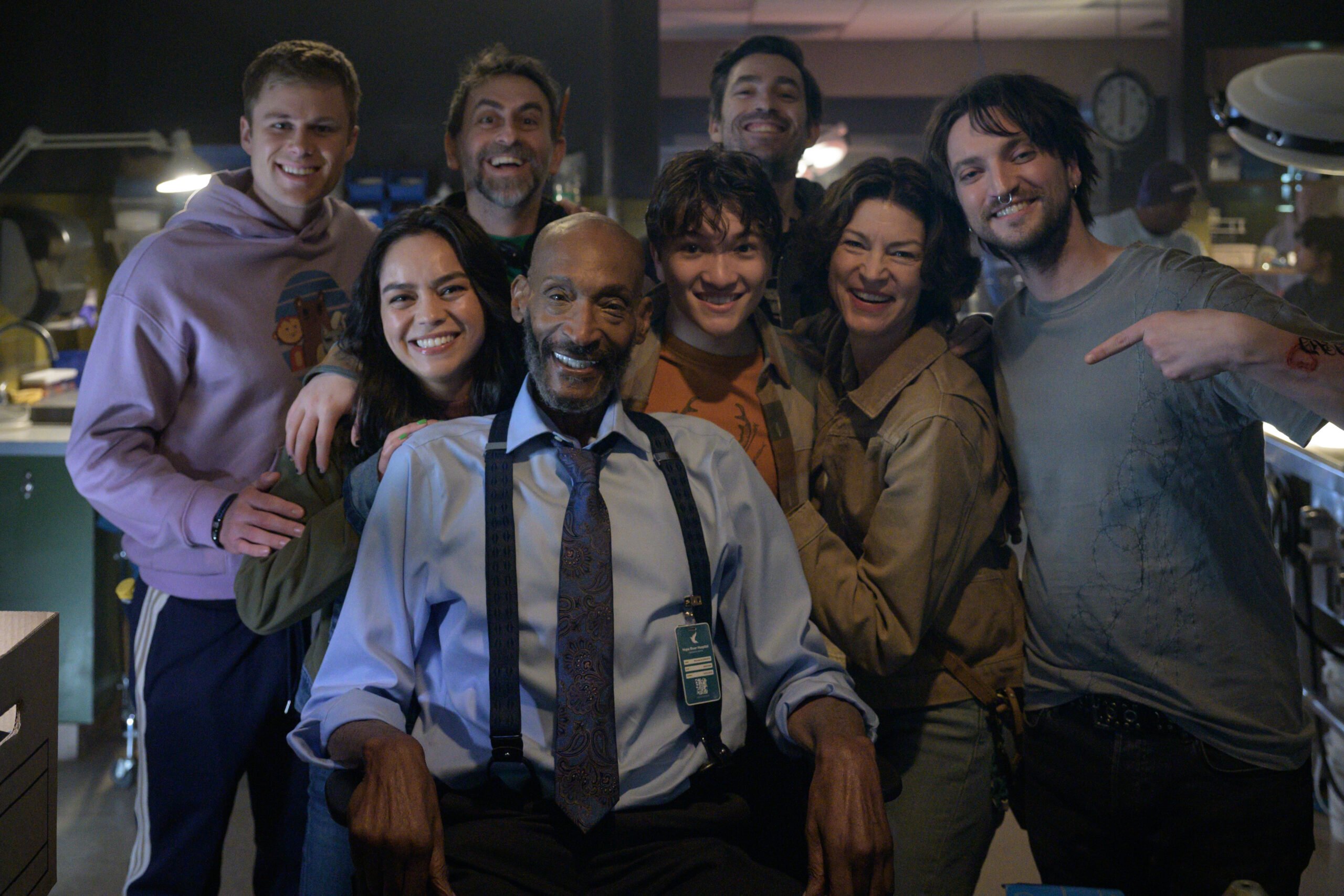What Is Film Grain? Understanding the Texture of Cinema
Since the first film was made, we have come a long way in perfecting cinema. The visuals and sound have gone high-definition, and today, what we see on screen is almost flawless when it comes to resolution and image clarity. Our stories have evolved, and so has our equipment to capture them.However, even in recent films, we’ve started to see old-timey flaws and imperfections embedded by great filmmakers. This proves that cinema, as a craft, is beyond the quest for making everything perfect. Rather, it’s in synergy with emotions, which are often best expressed through imperfections. One such powerful cinematic aesthetic that still remains frequently used is film grain. What Is Film Grain?In earlier times, when cinema was shot on celluloid film, grains were the visible metallic silver particles that resulted from the development process of exposed silver halide crystals. If you’re shooting on celluloid, grain is natural and unavoidable.To manage this visual flaw, which seemingly tampered with image clarity, we slowly moved to digital photography that eliminated the need for silver halide to capture light. But as visuals on screen sharpened to clarity, we realized that grains actually were part of a cinematic language, rather than technical shortcomings. So, while celluloid is on the decline, film grain is still an aesthetic used today, even in the most technologically advanced films. What Causes Grains In Digital Footage?Digital cameras introduced sensors to replace silver halide in the entire mechanism of capturing light. In modern cameras, when you increase the ISO, i.e., the photosensitivity of the sensor of your digital camera, you’re trying to capture details in less light. So while you get your visual even in low light, the rendered image will be “grainy.” In the truest sense, film grains and digital grains are not the same thing. The former is caused by silver halide particles in the chemical substrate of celluloid, while the latter is produced by the sensor. Credit: özgürGraininess vs. PixelationMany times, at first glance, one might confuse pixellation with grains. But both are completely different image artifacts. Celluloid films did not exhibit pixelation, as they did not use pixels to form images; instead, they used photochemical reactions to capture light. Pixellation is related to the resolution of an image and is unique to digital cameras. Resolution can be defined as the detail in an image. These details are nothing but the number of pixels that form the image. The higher the number of pixels, the better the resolution. Therefore, an image can be high in resolution, not pixellated, and still have grains. A pixelated image has a blocky, stepped appearance, but a grainy image does not. That being said, grains are often added to high-resolution visuals for cinematic value. Impact Of Graininess In Visual StorytellingWhile film techniques evolve digitally, some analog aspects of the craft will continue to hold true when it comes to cinematic visuals. Film grains have transcended beyond being flaws in an image, especially since the shift to digital clarity. Here’s how they add emotion in a narrative.1. NostalgiaThink of the type of visuals our camcorders or analogue cameras rendered. The texture of the image and the overall mood of the visual are psychologically reminiscent of older times. When used in a visual narrative, grain can evoke an emotion of simplicity. In period films, film grain enhances the essence of vintage in the visuals.2. TextureWith advanced cameras, the details in the image are sharp, yet the overall texture is seemingly smoother and softer. I’m sure many of you will agree with me that nowadays frames look “plasticky” and glossy, as if laminated. While the treatment completely depends on the story, film texturing enhances the 3-D-ness in a frame. It allows the foreground, mid-ground, and background to stand out from each other. So, many times, your film and story might actually benefit from texturing. While there are other ways of texturizing your images, movie grain can be one good option to experiment with. 'Children of Men'Credit: Universal Pictures3. Cinematic AestheticYou know it as the "film look." There is just something warm and comforting about grainy footage. Maybe it does have something to do with our nostalgia. Obviously, too much of anything is bad, but when used with intent, movie grain can enhance the aesthetic of your narrative, depending on the mood of your story. Think of a romantic scene or an emotional flashback sequence: movie grains are flaws that make everything relatable and comforting. The coarseness that it brings to the overall aesthetic of the frame can symbolize multiple emotions and be used as an effective visual device. Best Use-Cases of Film Grain in Popular MoviesHere are some popular films in the digital age that used film grain to amplify emotions in their narrative.Euphoria Season 2 (2022) The first season of this series was shot on ARRI Al


Since the first film was made, we have come a long way in perfecting cinema. The visuals and sound have gone high-definition, and today, what we see on screen is almost flawless when it comes to resolution and image clarity. Our stories have evolved, and so has our equipment to capture them.
However, even in recent films, we’ve started to see old-timey flaws and imperfections embedded by great filmmakers. This proves that cinema, as a craft, is beyond the quest for making everything perfect. Rather, it’s in synergy with emotions, which are often best expressed through imperfections.
One such powerful cinematic aesthetic that still remains frequently used is film grain.
What Is Film Grain?
In earlier times, when cinema was shot on celluloid film, grains were the visible metallic silver particles that resulted from the development process of exposed silver halide crystals. If you’re shooting on celluloid, grain is natural and unavoidable.
To manage this visual flaw, which seemingly tampered with image clarity, we slowly moved to digital photography that eliminated the need for silver halide to capture light.
But as visuals on screen sharpened to clarity, we realized that grains actually were part of a cinematic language, rather than technical shortcomings.
So, while celluloid is on the decline, film grain is still an aesthetic used today, even in the most technologically advanced films.
What Causes Grains In Digital Footage?
Digital cameras introduced sensors to replace silver halide in the entire mechanism of capturing light. In modern cameras, when you increase the ISO, i.e., the photosensitivity of the sensor of your digital camera, you’re trying to capture details in less light. So while you get your visual even in low light, the rendered image will be “grainy.”
In the truest sense, film grains and digital grains are not the same thing. The former is caused by silver halide particles in the chemical substrate of celluloid, while the latter is produced by the sensor.
 Credit: özgür
Credit: özgür
Graininess vs. Pixelation
Many times, at first glance, one might confuse pixellation with grains. But both are completely different image artifacts.
Celluloid films did not exhibit pixelation, as they did not use pixels to form images; instead, they used photochemical reactions to capture light. Pixellation is related to the resolution of an image and is unique to digital cameras.
Resolution can be defined as the detail in an image. These details are nothing but the number of pixels that form the image. The higher the number of pixels, the better the resolution.
Therefore, an image can be high in resolution, not pixellated, and still have grains. A pixelated image has a blocky, stepped appearance, but a grainy image does not. That being said, grains are often added to high-resolution visuals for cinematic value.
Impact Of Graininess In Visual Storytelling
While film techniques evolve digitally, some analog aspects of the craft will continue to hold true when it comes to cinematic visuals. Film grains have transcended beyond being flaws in an image, especially since the shift to digital clarity. Here’s how they add emotion in a narrative.
1. Nostalgia
Think of the type of visuals our camcorders or analogue cameras rendered. The texture of the image and the overall mood of the visual are psychologically reminiscent of older times.
When used in a visual narrative, grain can evoke an emotion of simplicity. In period films, film grain enhances the essence of vintage in the visuals.
2. Texture
With advanced cameras, the details in the image are sharp, yet the overall texture is seemingly smoother and softer. I’m sure many of you will agree with me that nowadays frames look “plasticky” and glossy, as if laminated.
While the treatment completely depends on the story, film texturing enhances the 3-D-ness in a frame. It allows the foreground, mid-ground, and background to stand out from each other. So, many times, your film and story might actually benefit from texturing.
While there are other ways of texturizing your images, movie grain can be one good option to experiment with.
 'Children of Men'Credit: Universal Pictures
'Children of Men'Credit: Universal Pictures
3. Cinematic Aesthetic
You know it as the "film look." There is just something warm and comforting about grainy footage. Maybe it does have something to do with our nostalgia.
Obviously, too much of anything is bad, but when used with intent, movie grain can enhance the aesthetic of your narrative, depending on the mood of your story.
Think of a romantic scene or an emotional flashback sequence: movie grains are flaws that make everything relatable and comforting. The coarseness that it brings to the overall aesthetic of the frame can symbolize multiple emotions and be used as an effective visual device.
Best Use-Cases of Film Grain in Popular Movies
Here are some popular films in the digital age that used film grain to amplify emotions in their narrative.
Euphoria Season 2 (2022)
The first season of this series was shot on ARRI Alexa, but for the next season, the creators specifically reached out to Kodak for their Vision3 500T 5219 film and the revived Ektachrome 100D 5294 stock. At first glance, you can see a big shift in visual language just by using film. The grains in the frame add complexity to each character.
With high school students as protagonists, grains tap into our nostalgia for the times when we were their age. This automatically makes the visuals psychologically more relatable. It’s almost like saying that few things never change, like the struggles of growing up and dealing with adult emotions.
Nobody (2021)
Originally shot on Red, film grain added in post is the touch of finesse in this action film. On one hand, the grains amplify Hutch’s (Bob Odenkirk) aggression and strength, while on the other, they add to the grittiness of every sequence, be it violent or emotional.
Nobody is a great watch, from its action sequences to the main character's aura; the film grain makes it better!
The Lost Daughter (2021)
Shot on an Alexa Mini, the grain in this film adds to the aesthetics of the visuals and the clutter of the story in progress. The narrative unfolds against the background of a beach location, and the graininess in the texture not only fuels the aesthetics of grey sand and blue waters, but also the angst lurking in the characters (that they’re all hiding behind their smiles). Especially in the sequences where the two mothers interact with each other, the grains make their encounters gritty while words keep it civil.
Film grains are a reminder of cinema's origins. They proudly present the analog era in filmmaking while lending a unique character to your work. Interestingly and ironically, they are being used in visuals more than ever now.
As we steadily evolve toward working with more sophisticated tools and equipment to diminish all imperfections, some flaws are here to stay forever!
Have you noticed film grain in any other recent films?



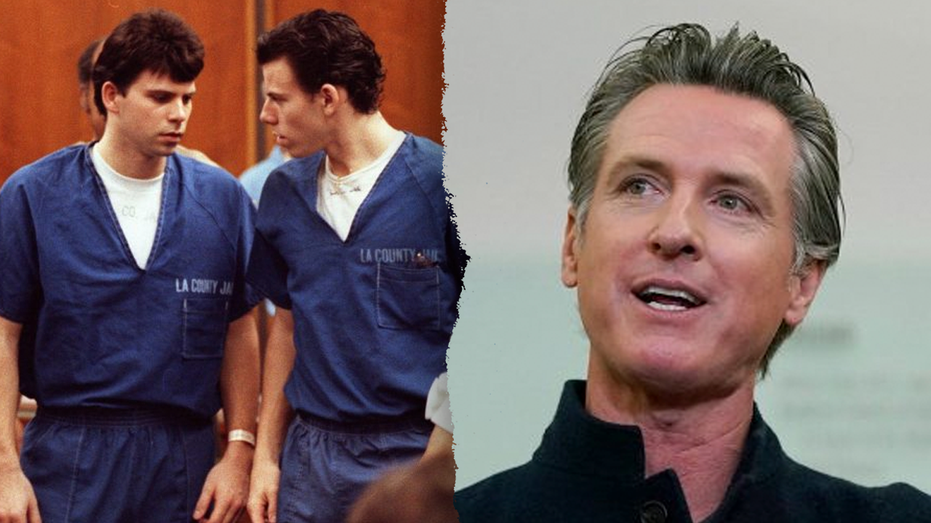















![[DEALS] The 2025 Ultimate GenAI Masterclass Bundle (87% off) & Other Deals Up To 98% Off – Offers End Soon!](https://www.javacodegeeks.com/wp-content/uploads/2012/12/jcg-logo.jpg)



-Olekcii_Mach_Alamy.jpg?width=1280&auto=webp&quality=80&disable=upscale#)















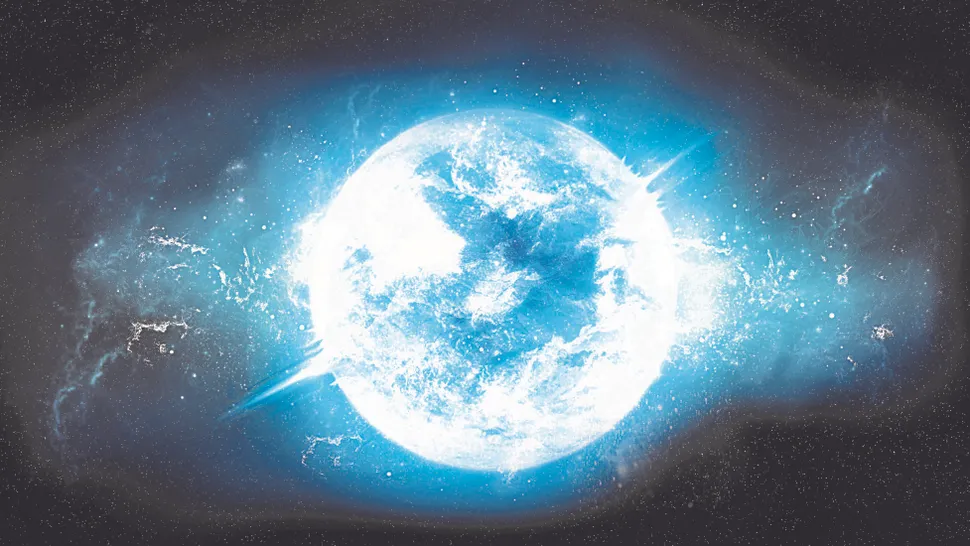
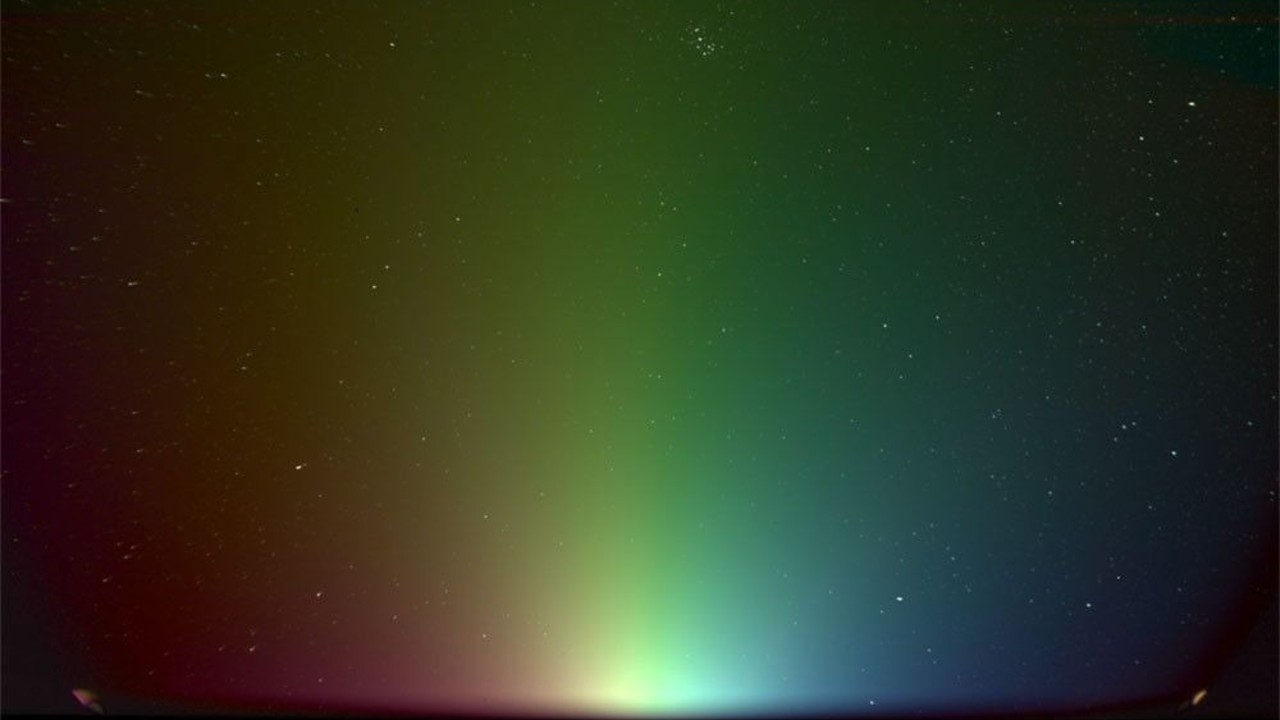
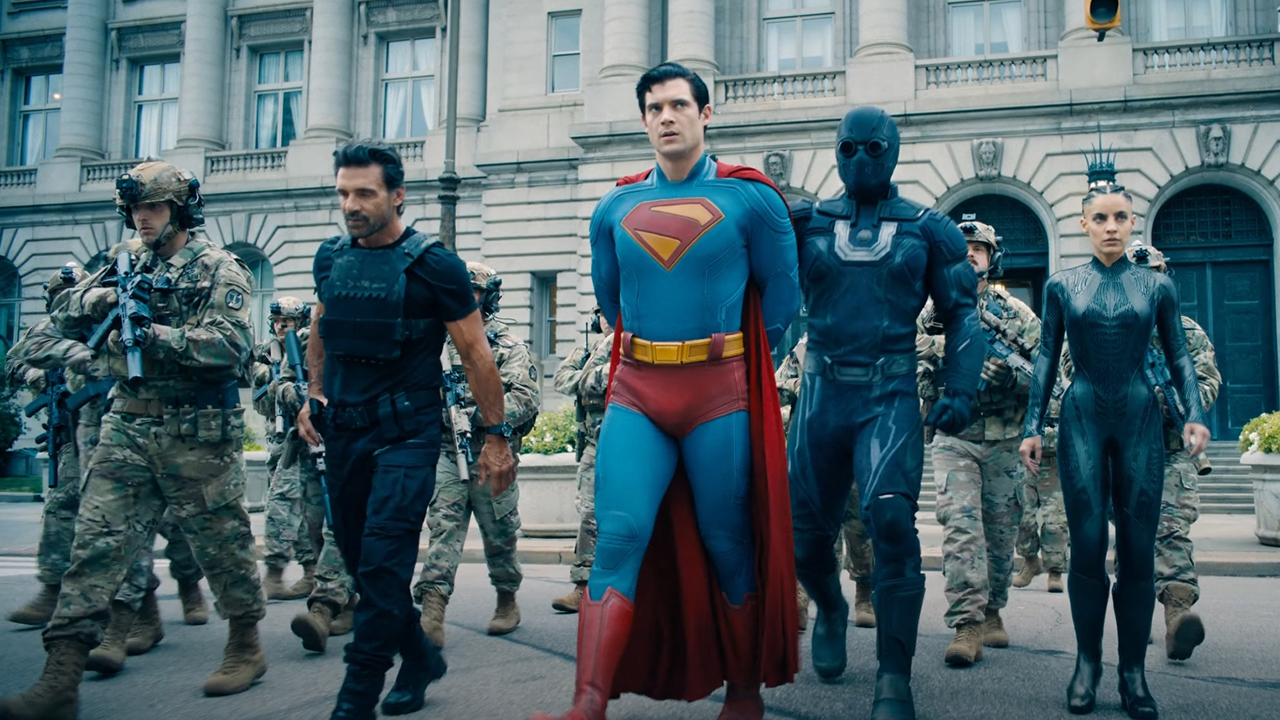
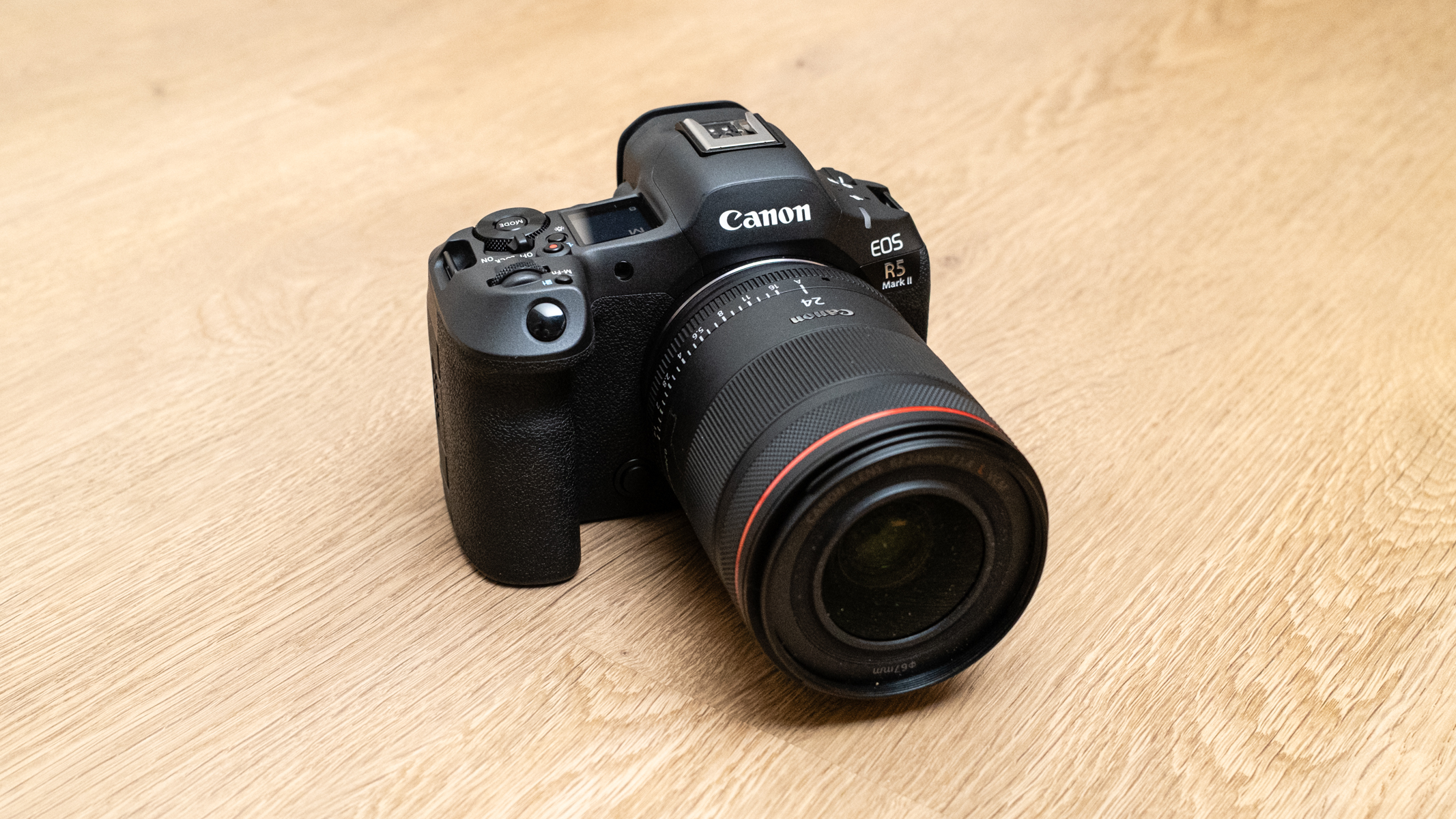




![Air Traffic Controller Claps Back At United CEO Scott Kirby: ‘You’re The Problem At Newark’ [Roundup]](https://viewfromthewing.com/wp-content/uploads/2025/05/scott-kirby-on-stage.jpg?#)



























